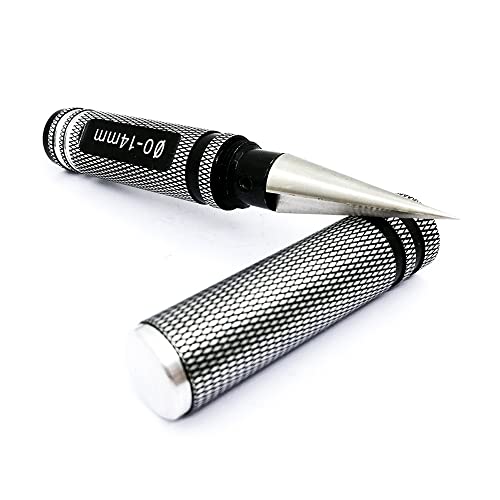Introduction
A reamer is a tool that is used to enlarge holes in metal and other materials, in order to achieve greater accuracy and precision. Reamers are used in a variety of industries, including aerospace, automotive, and manufacturing. One important consideration when using a reamer is the size and tolerance of the hole that it creates. In this article, we will explore whether there is a standard for reamer tolerances.
What are Reamer Tolerances?
When using a reamer, the tolerance of the hole it creates is an important factor to consider. Tolerance refers to the amount of allowable variation in the size and shape of the hole. In other words, the tolerance indicates how close the actual hole size is to the desired or ideal size. A reamer that does not meet the required tolerance may result in a hole that is too large or too small, which can lead to problems with the finished product.
Industry Standards for Reamer Tolerances
There are several industry standards that specify the tolerances for reamer sizes. One such standard is the ANSI B94.5-1990 (R2001), which provides details on the standard sizes and tolerances for reamers. This standard covers both hand and machine reamers, and includes information on ranges for diameter, length, and taper, as well as tolerances for each of these factors.
Special Considerations for Reamer Tolerances
While industry standards provide general guidelines for reamer tolerances, there are also special considerations that may affect the tolerance of a specific reamer. For example, the type of material being reamed, the hardness of the material, and the specific machining process being used can all impact the allowable tolerance. Therefore, it is important to consider these factors when determining the tolerance for a particular reaming job.
The Importance of Reamer Tolerances
The tolerance of a reamer is an important factor that can have a significant impact on the quality and accuracy of the finished product. If the tolerance is too high, the hole may be too large, which can compromise the strength and functionality of the part. On the other hand, if the tolerance is too low, the hole may be too small, which can make it difficult or impossible to assemble the parts correctly. Therefore, it is important to ensure that the reamer tolerance is appropriate for the specific application and that the reaming job is performed correctly to achieve the desired results.






